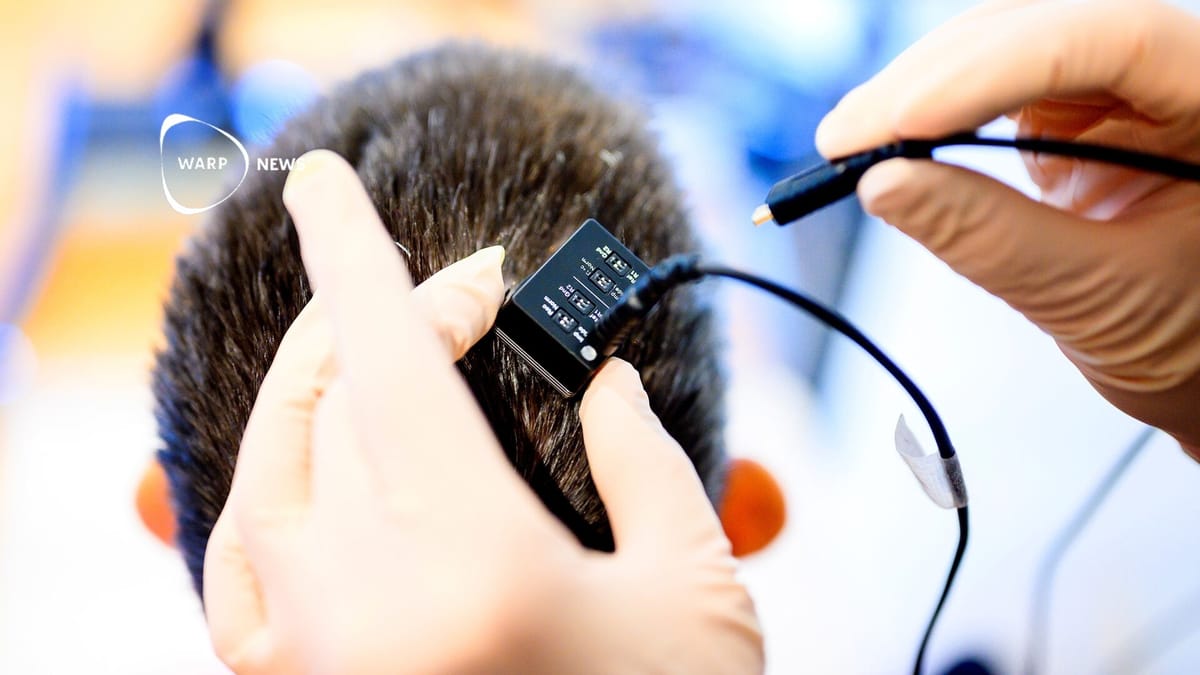Key Takeaways
- New technology converts brain signals to speech with less than one second delay, aiding those with severe paralysis.
- Developed by researchers at UC Berkeley and UC San Francisco, the method uses AI and works with various brain sensors.
- The system achieves near real-time speech synthesis while maintaining high accuracy, even with untrained vocabulary.
Innovative Speech Synthesis Technology
Researchers at UC Berkeley and UC San Francisco have pioneered a groundbreaking technology capable of converting brain signals into speech with minimal delay, significantly enhancing communication for individuals with severe paralysis. This advancement addresses a key issue in speech neuroprostheses: the latency between a person’s intent to speak and the actual sound produced.
Utilizing advanced artificial intelligence, the research team developed a streaming method that translates neural data into audible speech almost instantaneously. Their findings were published in the esteemed journal Nature. The method is versatile, successfully working with a variety of brain sensors, including invasive microelectrode arrays and non-invasive sensors that capture muscle activity in the face.
Kaylo Littlejohn, a PhD student involved in the study, highlighted the technique’s adaptability, stating, “By demonstrating accurate brain-to-voice synthesis on other silent-speech datasets, we showed that this technique is not limited to one specific type of device.”
The neuroprosthetic system gathers neural information from the motor cortex—the brain area responsible for speech production—employing AI to decode these signals into speech. PhD student Cheol Jun Cho elaborated, “We are essentially intercepting signals where the thought is translated into articulation.” The technology captures data by prompting a participant, referred to as Ann, to visualize a sentence while silently attempting to say it. In Ann’s case, as she has lost her vocal abilities, the researchers utilized AI to replicate her speech patterns, incorporating elements from her pre-injury voice for a more authentic auditory output.
Previously, the decoding of speech was slow, taking about eight seconds per sentence. However, with the newly introduced streaming approach, the system can produce spoken output in near real-time, thereby improving the user experience significantly. This advancement does not compromise accuracy; the new method retains the same high level of decoding precision as the earlier, slower models.
Additionally, the researchers tested their model’s ability to synthesize new vocabulary, such as rare words from the NATO phonetic alphabet, demonstrating that it could articulate terms like “Alpha,” “Bravo,” and “Charlie,” even if these were not included in the training dataset.
This innovative approach opens new avenues for communication devices, presenting hope for individuals faced with the challenges of severe paralysis.
The content above is a summary. For more details, see the source article.















